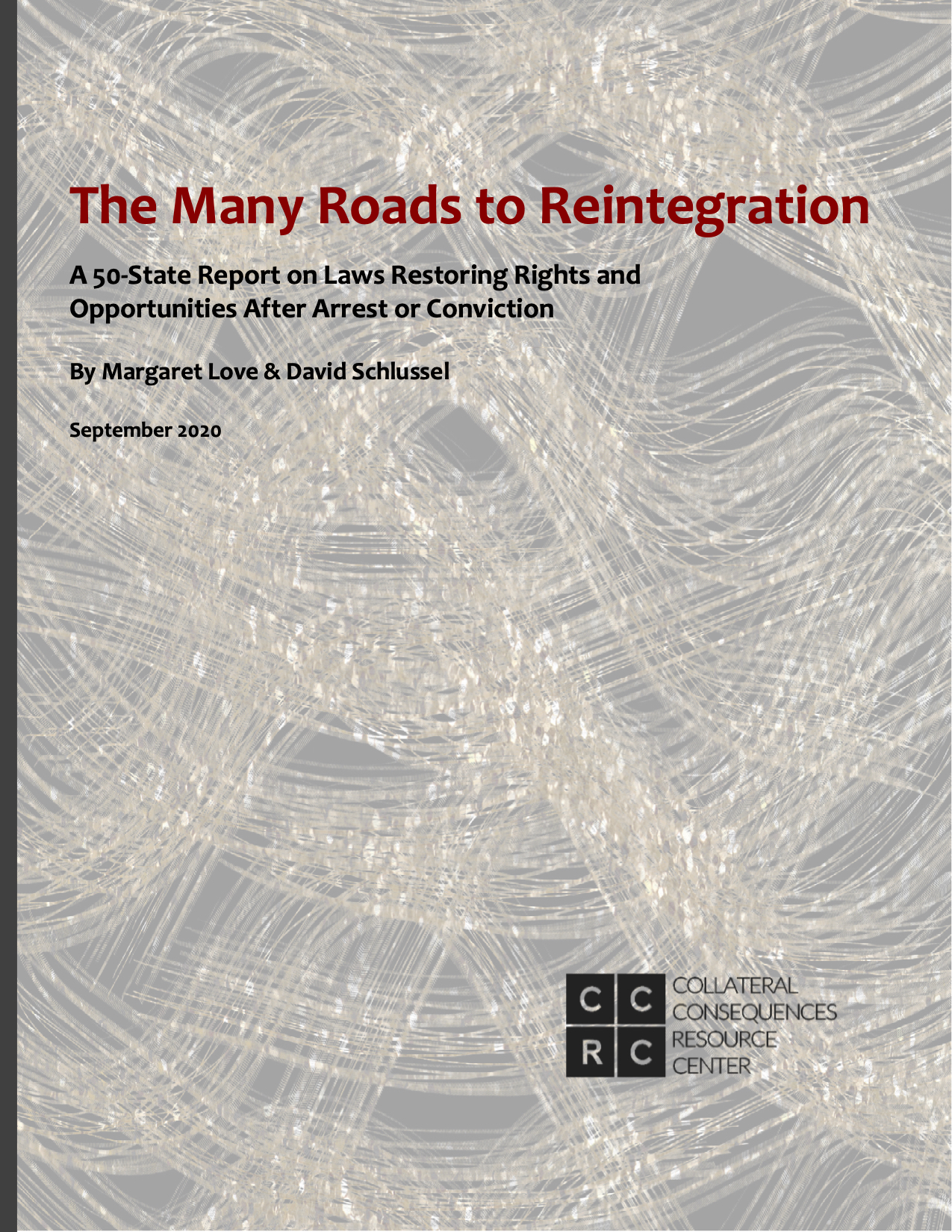Tony Evers revives pardoning in Wisconsin
In October 2021, Wisconsin Governor Tony Evers issued 15 pardons, adding to the 71 grants he made over the summer, bringing the total number of pardons since he took office in 2019 to an impressive 278.
To contextualize this number, the Wisconsin Pardon Database, which extends back to 1977, contains a total of 986 pardons. In just 30 months, Governor Evers has accounted for more than a quarter of all pardons granted in Wisconsin over the last half century. This is particularly significant because pardon is the only way that a person with an adult Wisconsin conviction can regain rights and status lost as a result of conviction.
Equally notably, Governor Evers has reinvigorated a dormant pardon process after years of neglect. Scott Walker, who served two terms as governor before Evers, did not grant a single pardon. But the Pardon Advisory Board (PAB) is appointed by the governor to oversee applications and hearings, and to make recommendations for or against pardon. Perhaps the board simply neglected its job?
The truth is unfortunately far more disappointing. Walker not only never granted a single pardon, but he also never even appointed the PAB during his nine years in office. Instead, he announced a principled opposition to pardoning anyone, declaring that “these decisions are best left up to the courts.” But, as noted, Wisconsin has no general statutory mechanism for obtaining criminal record relief in the courts, and Governor Scott appears never to have sought one. It seems he did not consider the use of the pardon power other than to reduce a prison sentence.
The recent neglect of Wisconsin’s pardon system makes Governor Evers’s commitment to executive clemency more impressive. Upon entering office, Governor Evers immediately reinstated the PAB and started the upward trend of grants.

